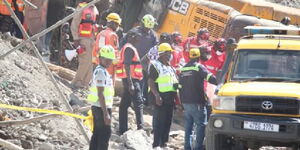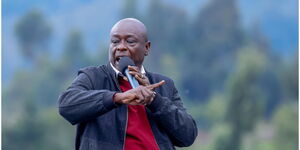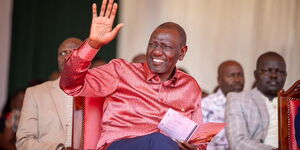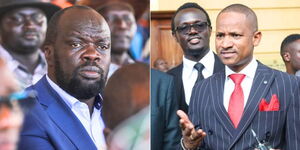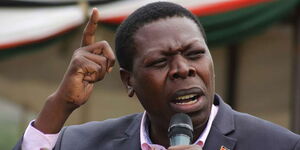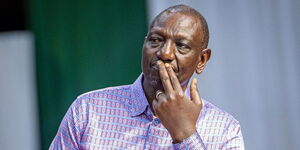Not many of the younger generations might have heard of General Karari Njama, but historical fanatics remember him as a seasoned veteran and sole freedom activist who played a key role in Kenya's struggle for independence and has witnessed the country's governance since then.
For many, the Mau Mau image depicts a rugged and frivolous style of war heroes who came together to reject the notion of a 'white man's country'.
For the likes of founding President Mzee Jomo Kenyatta, Dedan Kimathi, Stanley Mathenge, the possible fate of the country left in the hands of the white man was a future they sought to eradicate.
This led to the recruitment of many like-minded people in a bid to outwit colonial rule. Among these people was an Alliance High School alumnus, General Karari Njama.
The General would go on to become one of the most important people in the country's liberation struggle.
Early life
Njama was born of squatter parents on a European farm in the White Highlands. At the time, his family had lost the better part of its land in the 1900s when it was included within the Forest Reserve.
This led Njama's father to migrate to the Rift Valley and become a squatter laborer for a Boer settler.
Driven by a passion to see his kids attain education, Njama's father ensured his son was admitted to the prestigious school. This was during World War II, which was then known as the war of the Italians (Mbaara ya Matariani).
Among Njama's schoolmates at Alliance included Njoroge Mungai, Dr. Munyua Waiyaki, and Dr. Julius Gikonyo Kiano.
The latter introduced Njama to other freedom veterans when he took him to the infamous Kiburi House, a building reserved for the Mau Mau veterans where activists held strategic anti-colonial meetings.
Njama soon joined the Kenya African Union (KAU), where he attended multiple meetings chaired by Jomo Kenyatta.
Njama, who had been recruited by Mathenge, would soon be caught up in a Kimathi-Mathenge leadership feud as both leaders sought to prove their supremacy within the Mau Mau regime.
When the confrontation between the two escalated, Njama jumped ship from Mathenge to the Kimathi side and became a record keeper in the forest. However, in 1956, Njama was captured and detained together with the likes of Achieng Oneko, Pio Gama Pinto, and Gitu Kahengeri.
Over the years, Njama became a symbol of defiance to the White man's rule as well as part of the post-colonial leadership.
Present Day
The general now lives in a small magoko house in a three-acre plot he bought in 1963. His state depicts a national hero whose status ought to be engraved among the great freedom activists who played a critical part in the country's liberation.

